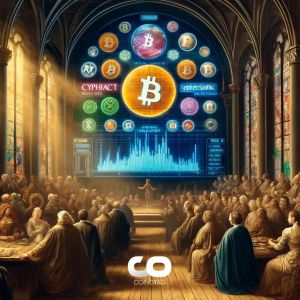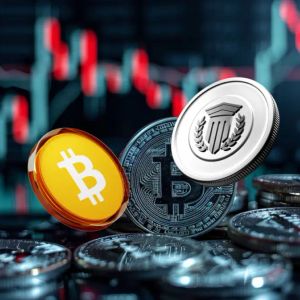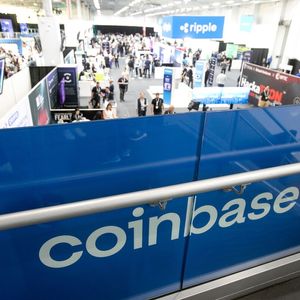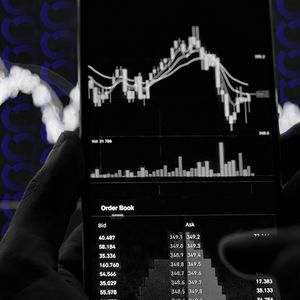In a recent video, BULLRUNNERS highlighted remarks from SWIFT’s CIO that sparked strong reactions across the digital payments sector. As he explained, “the SWIFT CIO claimed that banks will skip XRP in favor of their own internal payment rails, tokenized deposits, or regulated stablecoins.” Tom Zschach, who made the comments on LinkedIn, argued that financial institutions already trust regulated assets like USDC over XRP, citing their larger market presence. He added that banks would not use XRP because it is not a deposit, cannot sit on a balance sheet, and lacks neutral governance. Zschach went further, calling the XRPL “a dead chain walking”—a phrase that triggered immediate backlash. XRP Community Pushes Back The XRP community quickly mounted a defense, stressing that Ripple’s solution tackles inefficiencies that SWIFT’s model does not. As BULLRUNNERS noted, “today banks pre-fund accounts all over the world just to make cross-border payments work—trillions are locked idle and unproductive. Internal rails or tokenized deposits don’t remove that need. However, XRP does.” Supporters emphasized the XRPL’s track record, pointing to its more than ten years of uninterrupted operation. They underscored XRP’s neutrality as a bridge asset , available to any institution for cross-border settlement, unlike bank-issued tokens that are tied to specific institutions. HEATED DEBATE BETWEEN SWIFT AND RIPPLE #XRP pic.twitter.com/Ae7BJm3k41 — BULLRUNNERS (@BullrunnersHQ) September 6, 2025 Ripple’s Regulatory and Product Developments Ripple has also advanced strategically to address many of the governance and compliance concerns raised by SWIFT. BULLRUNNERS reminded viewers that “Ripple has been working with regulators for the last decade… ODL corridors are running live today, and the RLUSD stablecoin is that stepping stone.” Launched in December 2024, RLUSD is Ripple’s U.S. dollar-backed stablecoin, designed to comply with strict regulatory standards. It provides banks with a fiat-backed digital asset that aligns more closely with balance-sheet requirements. At the same time, Ripple’s On-Demand Liquidity (ODL) continues to expand globally, pairing XRP’s efficiency with regulated rails to reduce costs and settlement times. We are on X, follow us to connect with us :- @TimesTabloid1 — TimesTabloid (@TimesTabloid1) June 15, 2025 Competition Over Collaboration BULLRUNNERS was clear that the debate underscores a competitive reality: “SWIFT and Ripple are completely two different entities… ultimately they’re competing for the same clientele and customers.” While both aim to modernize cross-border payments, their approaches diverge. SWIFT leans on its legacy governance and institutional trust, whereas Ripple positions XRP as a neutral, scalable bridge asset that frees up liquidity and enables faster settlement. Outlook for Global Payments The clash between SWIFT and Ripple represents more than a war of words—it highlights competing visions for the future of finance. SWIFT prioritizes compliance, neutrality, and regulatory comfort, while Ripple emphasizes efficiency, liquidity freedom, and innovation. As BULLRUNNERS concluded, “regulation is catching up, XRP’s role is already built.” The coming years will reveal whether banks continue to rely on stablecoins and internal rails, or whether Ripple’s neutral bridge asset proves essential for global settlement at scale. Disclaimer : This content is meant to inform and should not be considered financial advice. The views expressed in this article may include the author’s personal opinions and do not represent Times Tabloid’s opinion. Readers are urged to do in-depth research before making any investment decisions. Any action taken by the reader is strictly at their own risk. Times Tabloid is not responsible for any financial losses. Follow us on Twitter , Facebook , Telegram , and Google News The post Heated Debate Between SWIFT and Ripple (XRP) appeared first on Times Tabloid .














